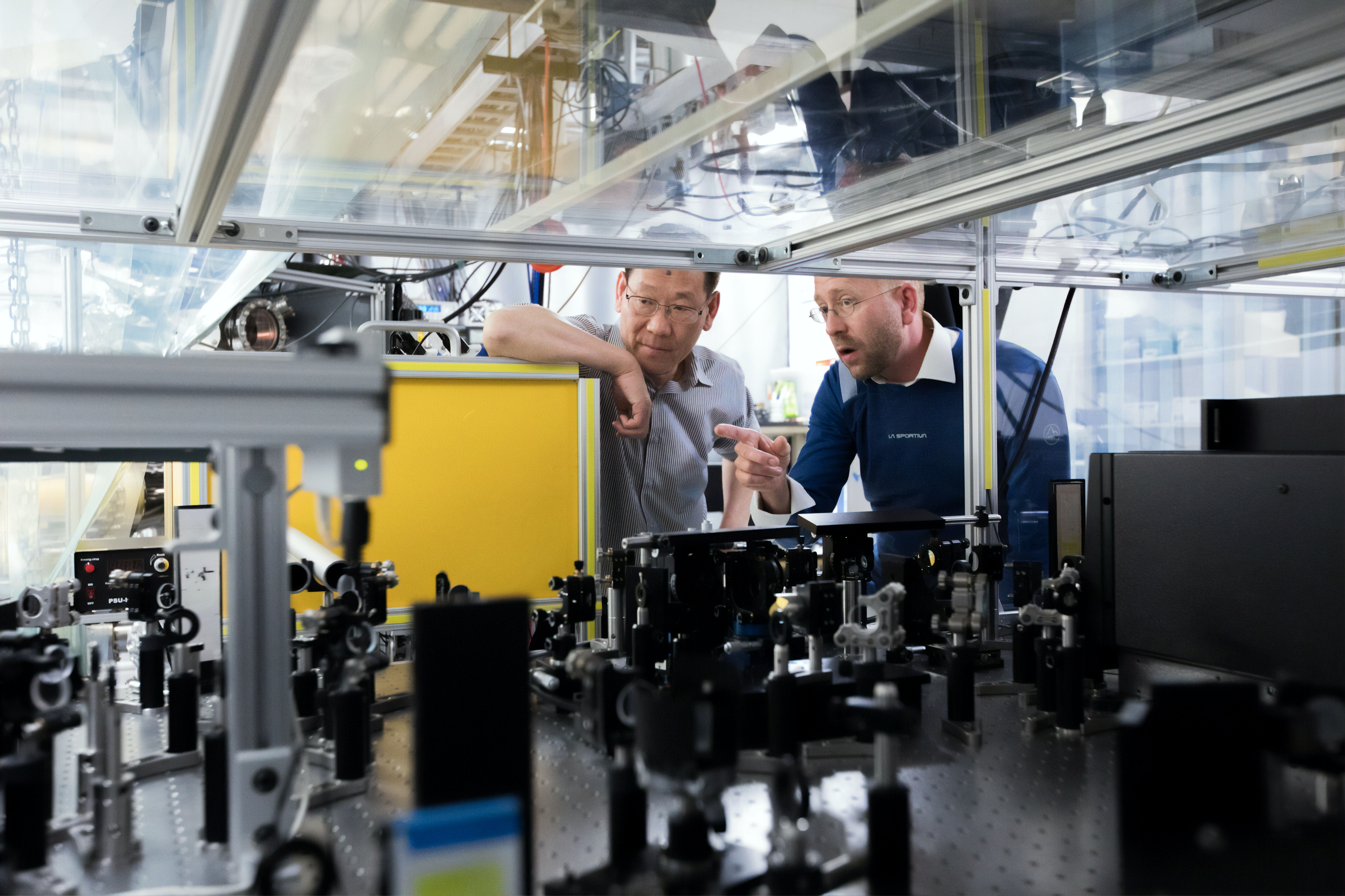Electric Motor Starting: Choosing Between a Soft Starter and a VFD
Last updated on April 18th, 2025 at 12:06 pm
When an electric motor starts at full voltage, the inrush current can be up to 8 times higher than the nameplate value. Without a motor starter, the high inrush current and starting torque can cause damage over time. Many motor starting systems prevent this, including soft starters and variable frequency drives (VFD). While both devices use a similar starting method, there are also important differences.
Selecting the right starting system is important when specifying motor controls. Soft starters reduce the inrush current and torque for motors that don’t require speed control when operating.
On the other hand, a VFD lowers the inrush current, but it can also reduce rpm while the motor operates. Since VFDs provide speed control, they have a higher price than soft starters for a given motor capacity.
How Does a Soft Starter Work?
A soft starter uses electronic components called thyristors to control the starting voltage applied to a motor. Instead of applying the rated voltage at once, thyristors increase the voltage gradually as the motor accelerates. By reducing the inrush current and torque, soft starters can increase the service life of electric motors.
A soft starter for a three-phase motor uses six thyristors, which are arranged in back-to-back pairs called triac circuits:
- This arrangement cuts off part of the AC voltage applied to a motor, in both positive and negative polarity.
- Since a soft starter must control the three voltages separately, three pairs of thyristors are needed.
- Thyristors are also known as silicon control rectifiers or SCRs.
A soft starter only reduces voltage, while frequency stays at 60Hz or 50Hz depending on the country. Since the speed of an operating motor depends on frequency, a soft starter cannot be used for speed control. Reduced voltage can limit the starting current of a motor, but it will not reduce rpm once the unit has started. Actually, a motor overheats with reduced voltage, and this affects its service life.
Soft starters can be used with any compatible motors. They are especially useful for starting high-inertia loads, where the inrush current and torque would be very high at full voltage. Industrial conveyors and dust collectors are two examples of these loads.
How Does a VFD Work?
A VFD can be used for both motor starting and speed control. This requires a more complex circuit, which has three main parts:
- Rectifier: Converts the AC voltage supply into DC voltage.
- Filter: Improves the quality of the rectified DC voltage.
- Inverter: Converts the DC voltage back into AC, but it can deliver a different voltage and frequency than the original AC power supply.
Using these circuits, a VFD can reduce both the voltage and the frequency applied to an electric motor. Like a soft starter, a VFD applies a lower starting voltage to reduce current and torque. A VFD improves control over the starting torque since it can also control frequency.
Once a motor is running, a VFD can slow it down by reducing voltage and frequency. Reducing voltage and frequency together prevents overheating. As such, the VFD does not damage the motor.
VFDs are useful in applications where the motor workload varies, such as HVAC and pumping systems. Electric motors consume less power when running at reduced speed, and energy consultants often recommend VFDs for this reason.
Soft Starter vs Variable Frequency Drive (VFD) for Electric Motor Starting
Purpose:
Soft Starter: It reduces inrush current and torque during motor setup to make it feasible for applications like conveyors and pumps, which require smooth starts and stops.
VFD: It controls starting and operational speed and is useful for dynamic speed regulation in devices like fans, compressors, and process machinery.
Energy Efficiency:
Soft Starter: During startup, it reduces mechanical and electrical stress and saves less energy.
VFD: It saves energy significantly by controlling motor speed to equal the load requirements.
Cost:
Soft Starter: This is cost-effective for fundamental applications requiring startup control only.
VFD: This is more expensive when compared to a soft starter but provides good functionality and control.
Complexity:
Soft Starter: This installation and operation is easier.
VFD: They need complex integration and programming.
Conclusion
When comparing a soft starter and a VFD, the best option depends on the application. VFDs have higher prices than soft starters for a given capacity since they can also control motor speed. However, the extra cost of a VFD is compensated by the energy savings from running at reduced speed.
We do not recommend VFDs for starting motors that always run at full speed. These motors offer no chances to save energy with speed reduction. Soft starters are the best option in these cases since they accomplish the same function while being less expensive. Having fewer components, soft starters are also more compact than VFDs.

